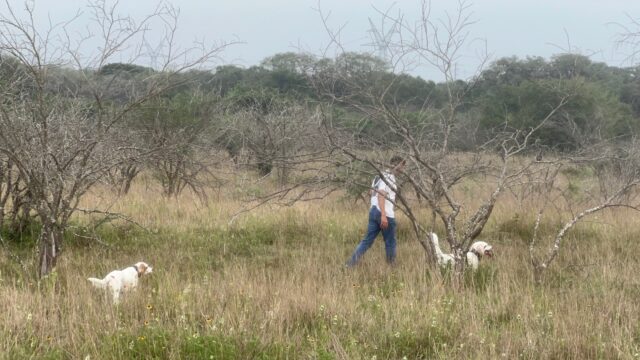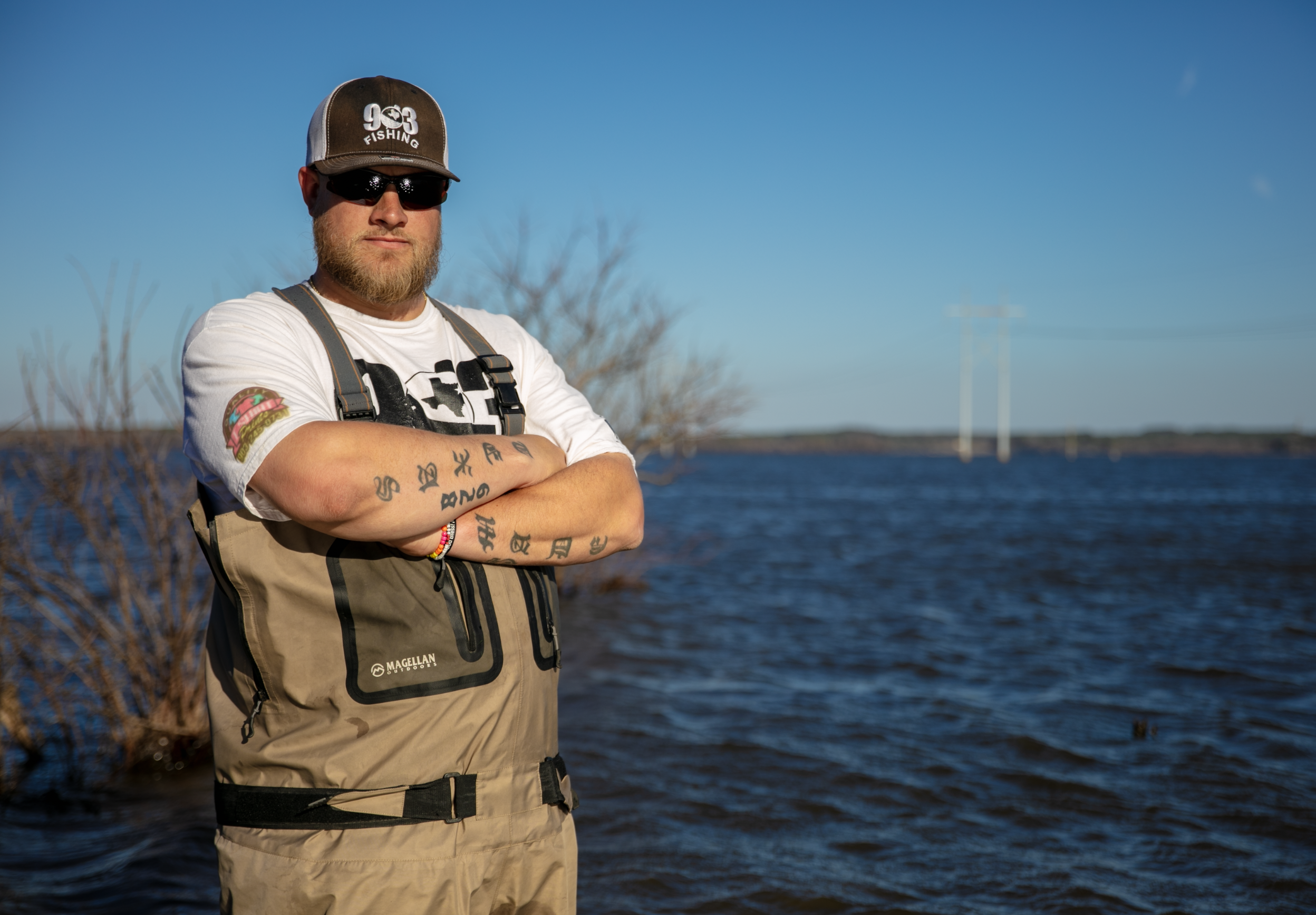by Melissa Fox
Grahmann Family Ranches is a small cattle and wildlife operation that raises commercial and registered Red Brangus cattle across four properties centered in Victoria and Goliad counties in South Texas. The Grahmann family’s overall goal is to be the best possible stewards of the land, wildlife and livestock on their relatively small pieces of Texas. Their efforts were publicly recognized earlier this year by the Texas Parks and Wildlife Department (TPWD) when they were awarded the 2022 Lone Star Land Steward Ecoregion award for the Gulf Coast Prairies.
The annual Lone Star Land Steward Awards recognizes and honors private landowners in Texas for their accomplishments in habitat management and wildlife conservation. With 95% of the land in Texas under private ownership, the conservation and stewardship efforts of landowners are of vital importance to all Texans. The program enables TPWD field staff and partners to strategically apply habitat conservation on private lands making a real and lasting impact on the conservation of Texas’ lands, waters, and wildlife.
Habitat management and restoration for both wildlife and cattle are the Grahmann family’s highest priority. While some of the land has been in their family for generations, Johnny Grahmann and his son Eric, along with the rest of their family, have been actively managing the ranch for the last 20 years or so. “Our management goals are to maximize the property for both cattle and wildlife in a balanced approach,” says Eric. “We all love wildlife and we all love cattle. But it differs a little bit because my dad’s primary interest tends to be on the cattle side of things. My brother, sister and I tend to be on the wildlife side of things.” It is these contrasting concentrations that sometimes lead to lively discussions within the family, but in the end, they are always able to compromise and find a solution for all sides.
Johnny Grahmann has had a lifelong passion for cattle. He is actively involved in the oversight and hands-on management of the livestock on the ranch. He and his wife, Susan, know the demands of raising and running a cattle operation and are key to the continued success of this portion of their ranch. “We select cattle based on availability, quality, how much rain we’ve had, how hot it’s been, etc.” says Johnny. “Eric and I usually discuss it and agree on the number of replacements we need for our herd.” Recently, they have experienced great success, raising a champion cow/calf pair at the International Brangus Show in 2021; more high-quality females are in the pipeline. The Grahmann family’s approach to both the cattle and wildlife on their ranch is impressive.
Eric holds degrees in agriculture, range and wildlife management, and a Ph.D. in Wildlife Science. He is an internal consultant for a large wildlife and cattle operation based in South Texas. Through Eric and his family’s passion for land stewardship and wildlife conservation, several partnerships and grants have been cultivated through organizations such as the Texas Parks and Wildlife Department, the American Bird Conservancy, and the Natural Resources Conservation Service among others. The partnerships have been essential in the family’s efforts to restore grasslands that serve as a habitat to both cattle and wildlife species such as the Northern Bobwhite, which is struggling because of the widespread loss of habitat. Less than 1% of native grasslands remains from an estimated one-billion acres prior to European settlement. Species that have depended on these grasslands for thousands of years have disappeared in nearly a blip in time. In regard to quail, Eric laments, “It’s sobering to think that we’re on the extinction periphery here. You go 20 miles to the north and it is just bermuda grass and trimmed oaks. Those counties are almost out of bobwhites,” remarks Eric. When the Grahmanns started their endeavors, there was a very severe brush encroachment problem. Eric’s younger sister Laura recalls the family’s group effort to begin to restore the grasslands, “We would all work together to clear brush, spray the huisache, repair fence, and generally do anything needed to help both the wildlife and cattle co-exist together.” Slowly but surely their efforts reaped rewards and what started as 10% native grass has increased to at least 90% native grass on a significant swath of their property today.
Huisache is an aggressive and hard-to-kill plant species which poses a large problem in South Texas counties and all along the Gulf Coast. While the plant itself is valuable to a plethora of wildlife and cattle, it is considered a major conservation concern due to its ability to quickly overtake large portions of ranchland. As it spreads, the amount of forage produced decreases, and huisache eventually becomes dense enough that cattle find it difficult to move through a ranchland to find available grazing. The Grahmanns initially took an approach of eradication, but they also realized that huisache does have some benefits in the restoration of soil health. They conducted an experiment by taking soil samples from underneath the huisache and found that soil nitrate was higher there. This means that it is basically fertilizing the soil beneath itself and facilitating the growth of desirable native plants when left to grow in an area dominated by less desirable non-native grass species. As a result, they determined that instead of cutting out all the problem plants, they would leave a few huisache here and there in order to facilitate pockets of fertility and biodiversity in monocultures of non-native grass. “It was our biggest aha moment,” says Eric, “when we decided to temper our approach to huisache control.”
This experimental and pragmatic approach to wildlife management has served the Grahmann family well and is what led to the nomination for the TPWD’s Lone Star Land Steward Award. “Because we feel so small-scale in comparison to other ranches in Texas, it’s nice to be acknowledged for the hard work our family has put in over the years,” says Laura. “It’s a really good feeling for all of us.” Both Eric and Laura acknowledge that none of this conservation work would be possible were it not for their parents’ support and the entire family’s efforts as a whole. The Grahmann family ranch now teems with wildlife among the grassland vegetation. “There is something special about having the quail and what they symbolize … ” says Eric, “ … most importantly, it signifies that the landscape is still unspoiled.”












